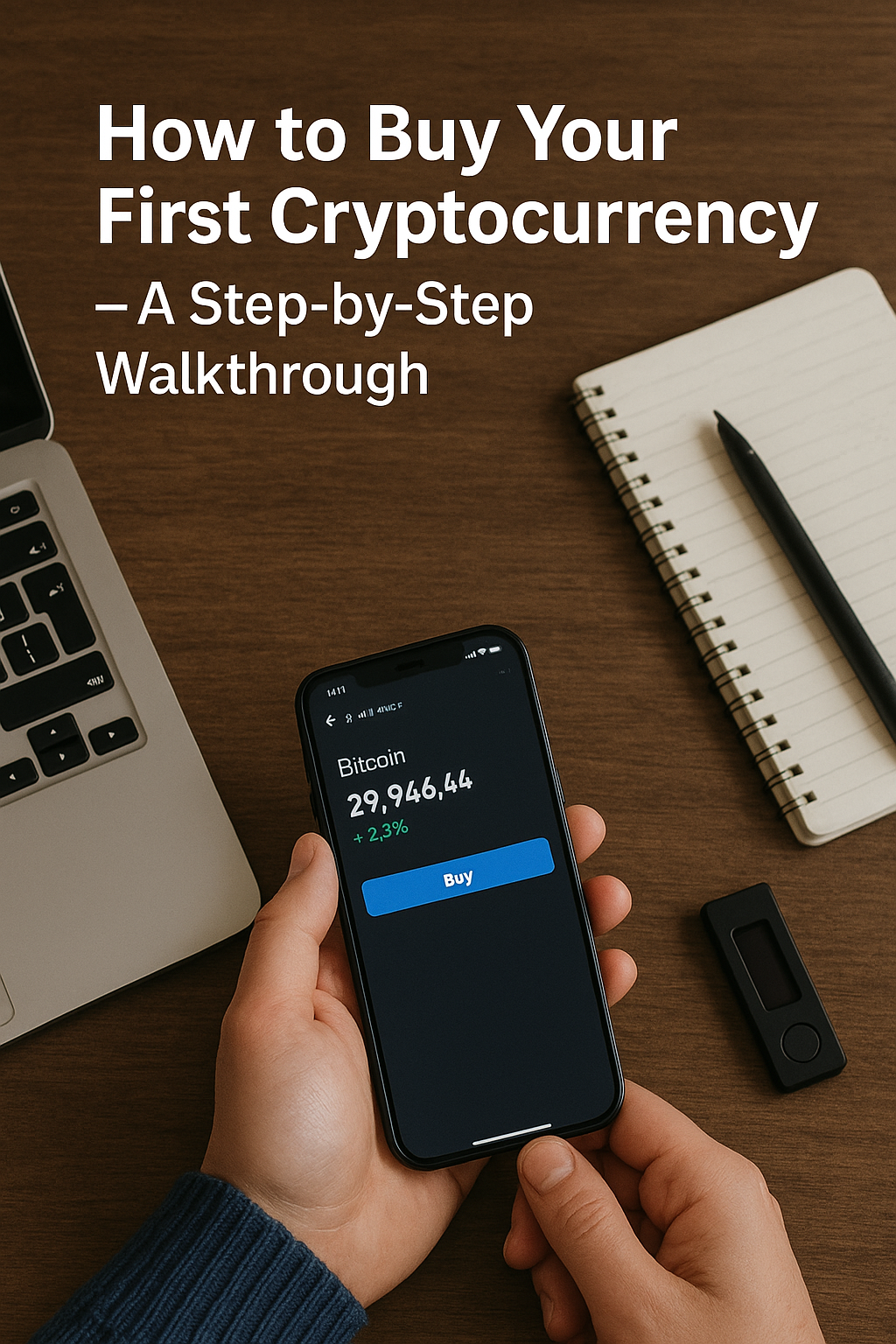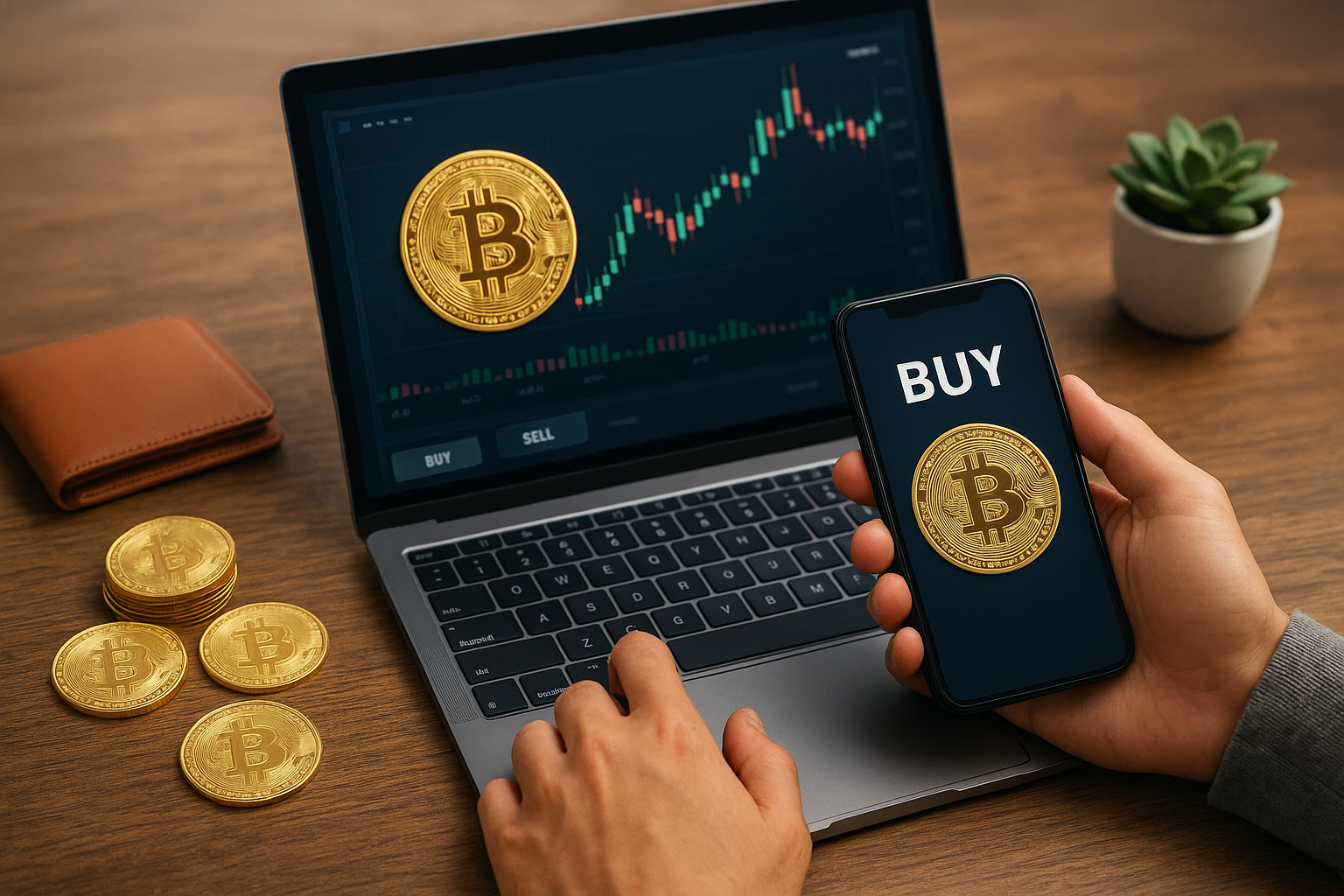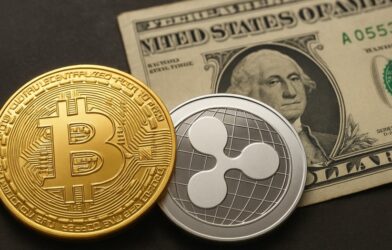For the majority, the cryptocurrency world seems thrilling but overwhelming. You learn about terms such as Bitcoin, Ethereum, wallets, exchanges, and gas fees—and you feel as though you’re on another planet. The reality, however, is that purchasing your first cryptocurrency is easier than it appears. You don’t need to be a computer whiz, you don’t need to have coding skills, and you certainly don’t have to risk your entire capital. All you require is the proper guide and some patience.
Let’s go through the process step by step in simple terms. Once you reach the end, you will know precisely how to purchase your first cryptocurrency securely and confidently.
Step 1: Do a Little Homework
Before you even consider clicking “Buy,” you have to know what you’re investing in. You can’t just buy a share in a single business like with stocks. It’s a virtual currency, and there are thousands of them.
Begin with the most established and accepted coins: Bitcoin (BTC) and Ethereum (ETH). They are usually suggested for newbies since they have the biggest communities, highest usage, and years of backing. Shun leaping into “hype coins” or tokens touted on social media without research—these can vanish as fast as they pop up.
Step 2: Select a Reputable Exchange
Consider a crypto exchange to be an internet marketplace from which you can purchase and sell cryptocurrencies. Well-known exchanges globally are Binance, Coinbase, and Kraken, while in India, exchanges such as WazirX, CoinDCX, and ZebPay are well-liked.
When you select an exchange, verify:
Reputation: Ensure that the platforms have good security histories.
Ease of use: Simple interface is important for newbies.
Payment options: Does it support UPI, bank transfer, or cards?
Fees to use a service: Small fee differences do mount up.
Tip: Download apps or access websites directly from the official origin—never via links sent via WhatsApp or Telegram.
Step 3: Create and Verify Your Account
Once you’ve picked your exchange, sign up with your email or phone number. Because of government regulations, most platforms require KYC (Know Your Customer) verification. That means you’ll need to upload a government ID (like Aadhaar or Passport) and sometimes a selfie for identity confirmation.
Don’t panic—it’s normal. Just as banks require your information to create an account, exchanges require information about their users. Verification typically takes a few hours to a few minutes.
Step 4: Fund Your Exchange Wallet
Once your account is set up, you’ll need to top it up—just like recharging a Paytm or Google Pay wallet. The majority of India’s exchanges accept bank transfers, UPI payments, and credit/debit cards. Worldwide, you can make wire transfers or card options based on where you live.
Begin small. Even ₹500 or $10 is sufficient to purchase a part of Bitcoin or Ethereum. One Bitcoin can cost you thousands of dollars, but the simplicity of crypto is that you can purchase a fraction as low as 0.0001 BTC.

Step 5: Place Your First Buy Order
Now the fun begins! Click on the app or site and look for the coin you wish to purchase, e.g., Bitcoin (BTC) or Ethereum (ETH).
There are typically two possibilities:
Market Order: Buy immediately at the prevailing price. (Recommended for newcomers)
Limit Order: You set your preferred price and wait for the market to reach it.
For your initial buy, use a market order. Enter the quantity you wish to spend (e.g., ₹1,000), check the transaction, and click “Buy.” In mere seconds, you’ll have Bitcoin or Ethereum credited into your exchange account.
Whoopee—you own cryptocurrency officially! ????
Step 6: Protect Your Investment
This is the step most newbies miss. When you purchase crypto on an exchange, your coins are being held in the exchange’s wallet. Convenient, but not the best long-term option. Exchanges are vulnerable to hacking, or accounts can be hacked.
To really possess your crypto, move it to a personal wallet:
Hot Wallet (Mobile Apps): Such as Trust Wallet or MetaMask. Simple to use but always online.
Cold Wallet (Hardware Devices): Such as Ledger or Trezor. They are offline and much safer.
Imagine this way: having money on an exchange is similar to having cash in someone else’s locker. Having your own wallet is similar to having it in your own safe.
Step 7: Keep Learning and Stay Safe
Purchasing your first coin is just the start. Crypto is a dynamic universe, and the more you know, the smarter choices you’ll be making.
Some golden safety guidelines:
Never give out your wallet’s private key or recovery phrase to anyone.
Be cautious of scams. If it sounds too good to be true (“Guaranteed 2x returns in 1 week!”), it likely is.
Don’t put in more money than you can handle losing. Crypto can be volatile.
Diversify. Once you’re confident, explore stablecoins, altcoins, or DeFi.
Final Thoughts
Your first crypto purchase is more than just an investment—it’s a step into the future of money. Just like the internet felt confusing in the 1990s but became second nature later, crypto is at a similar stage today.
Begin small, remain inquisitive, and gradually gain confidence step by step. Decades later, you will be looking back and recalling the day you purchased your very first cryptocurrency—not only as a financial move, but also as your entry into a novel digital age.












Tnews
Whether it\'s breaking news, expert opinions, or inspiring athlete profiles, your blog delivers a winning combination of excitement and information that keeps.
Tnews
The way you seamlessly blend statistical insights with compelling storytelling creates an immersive and captivating reading experience. Whether it\'s the latest match updates, behind-the-scenes glimpses.